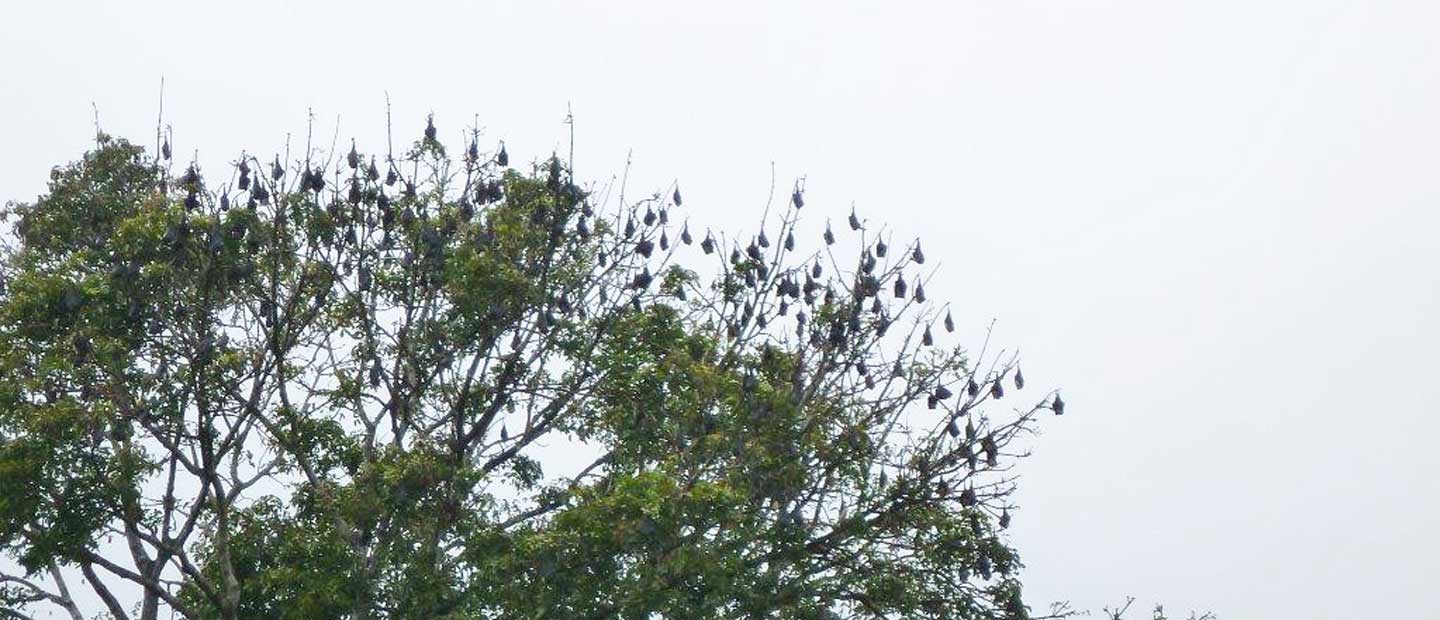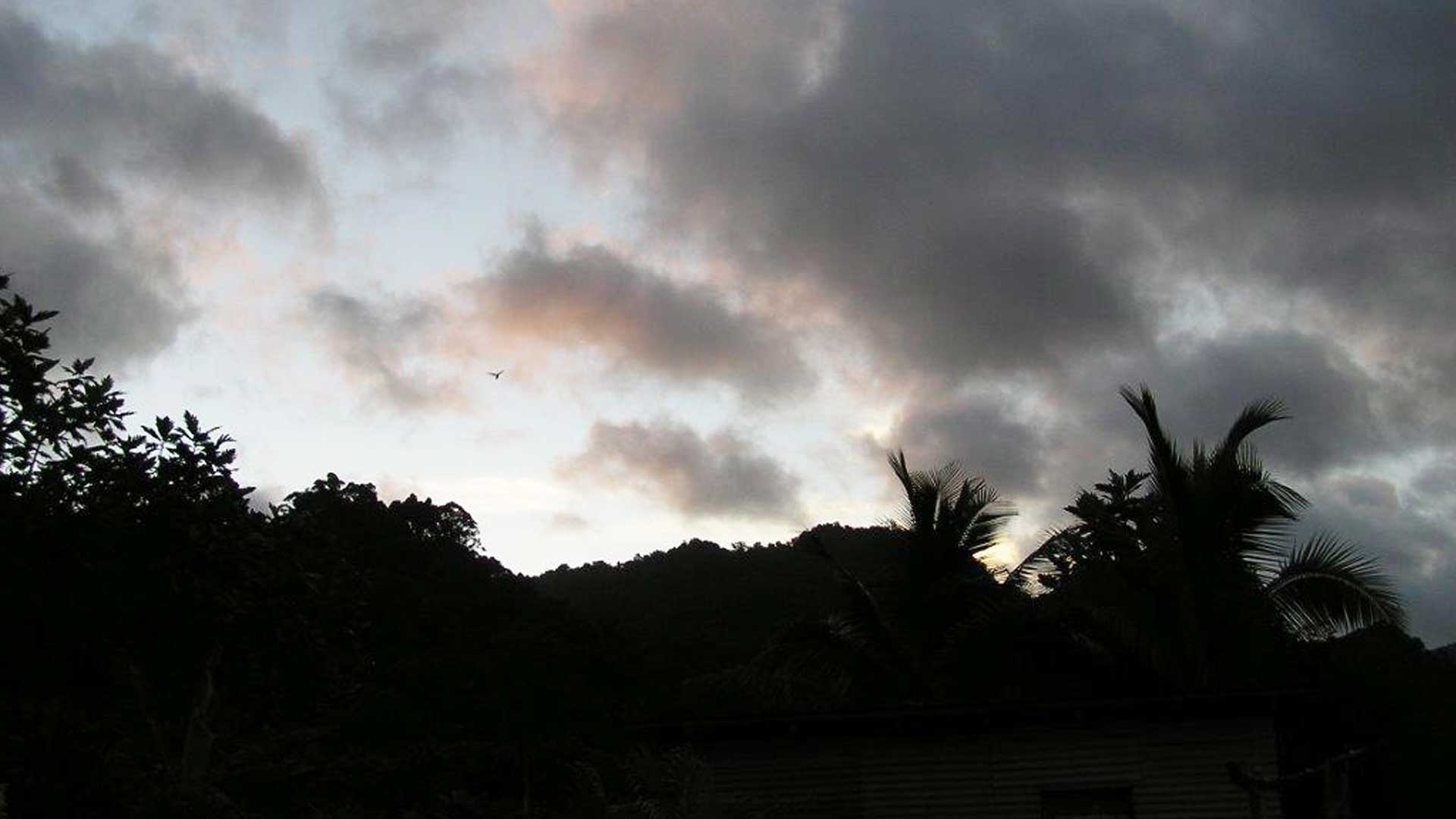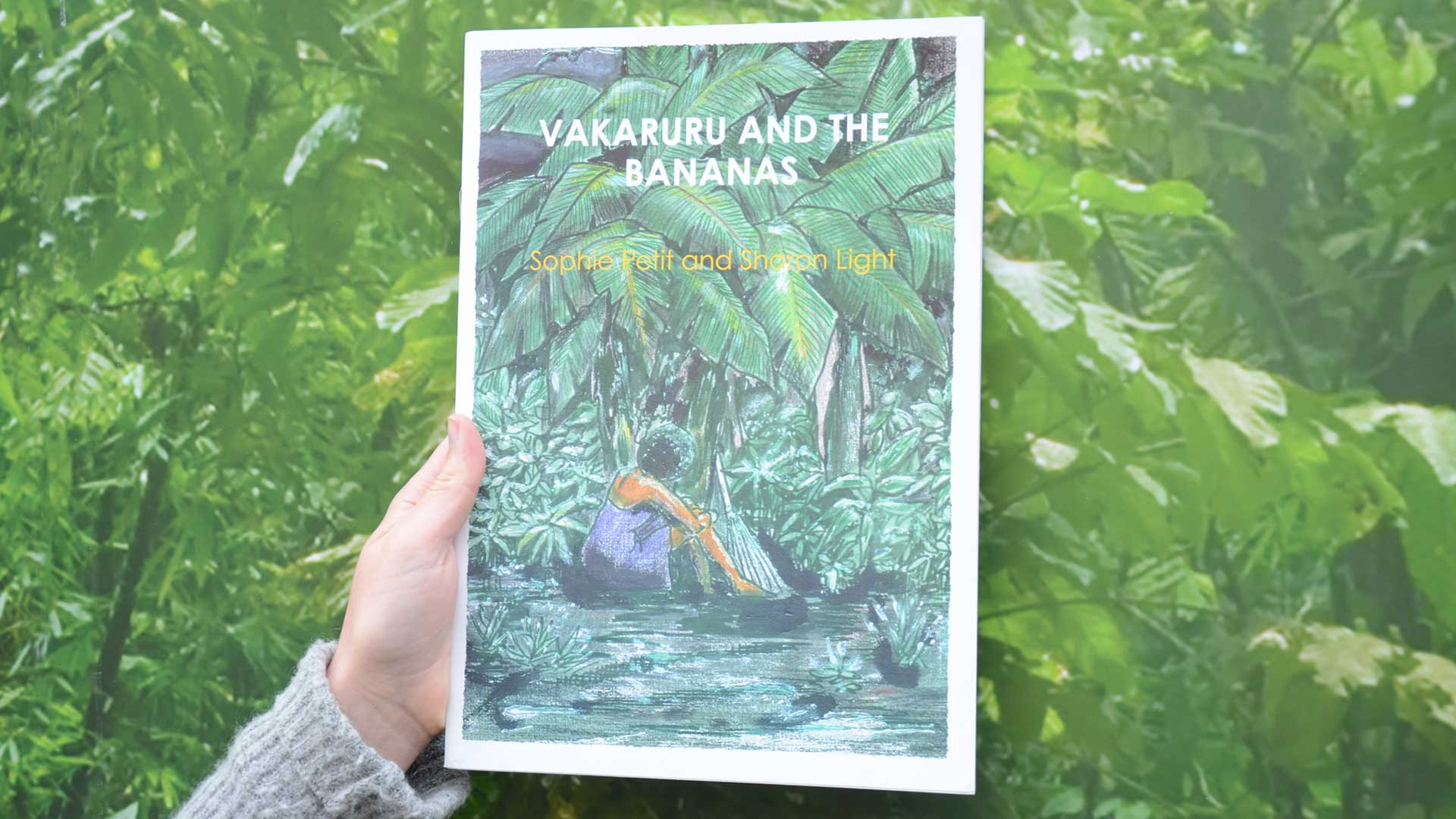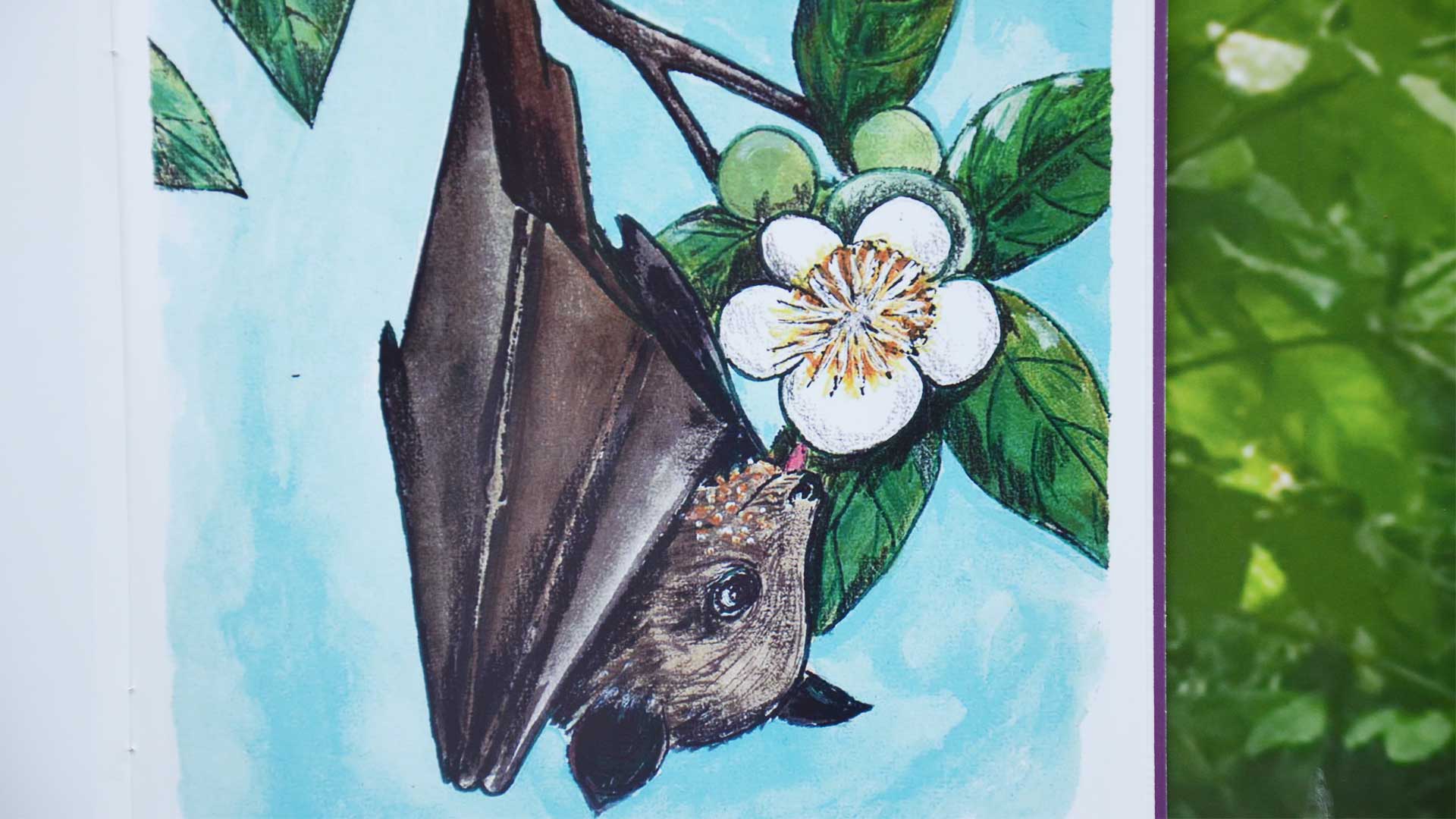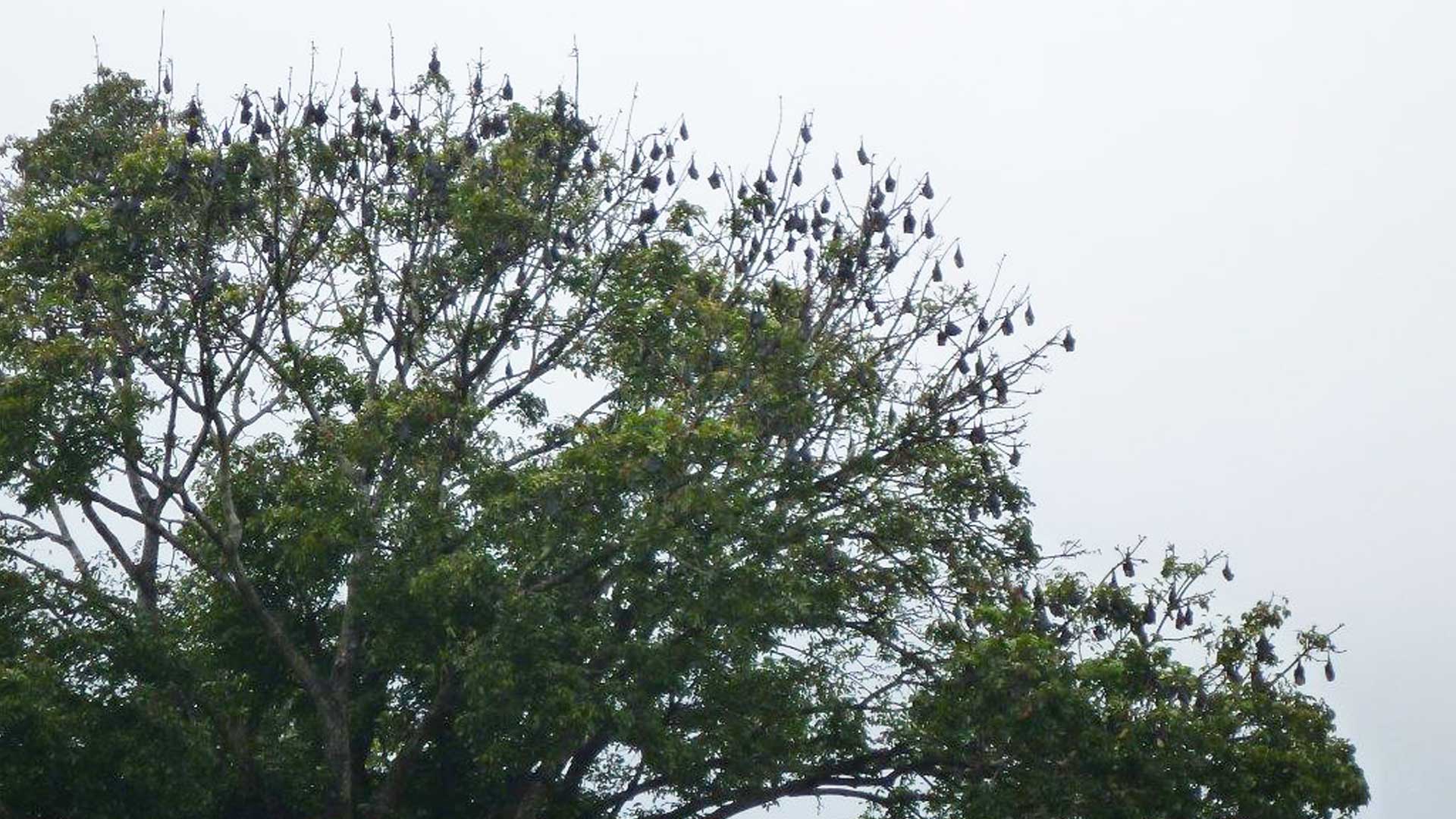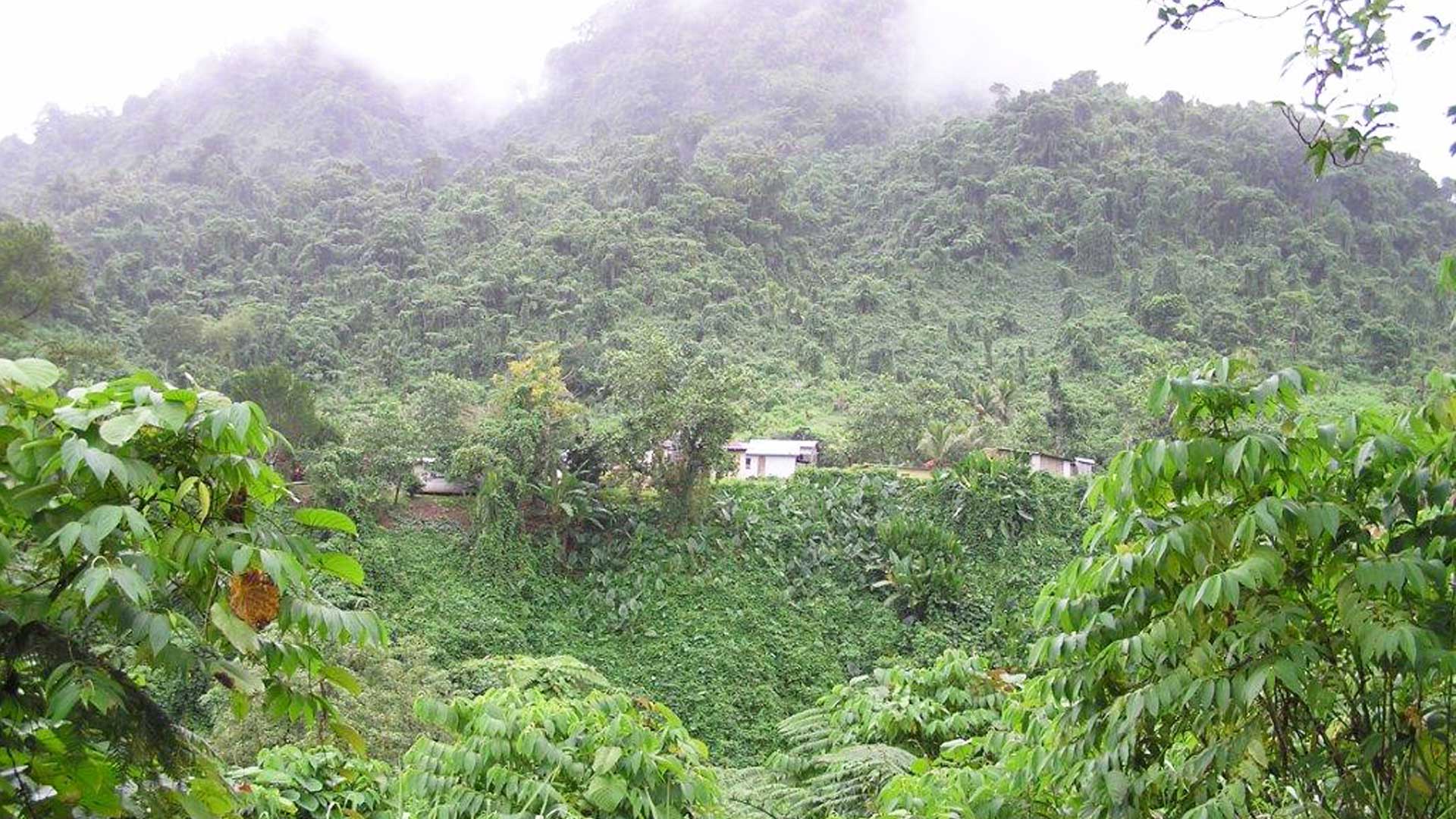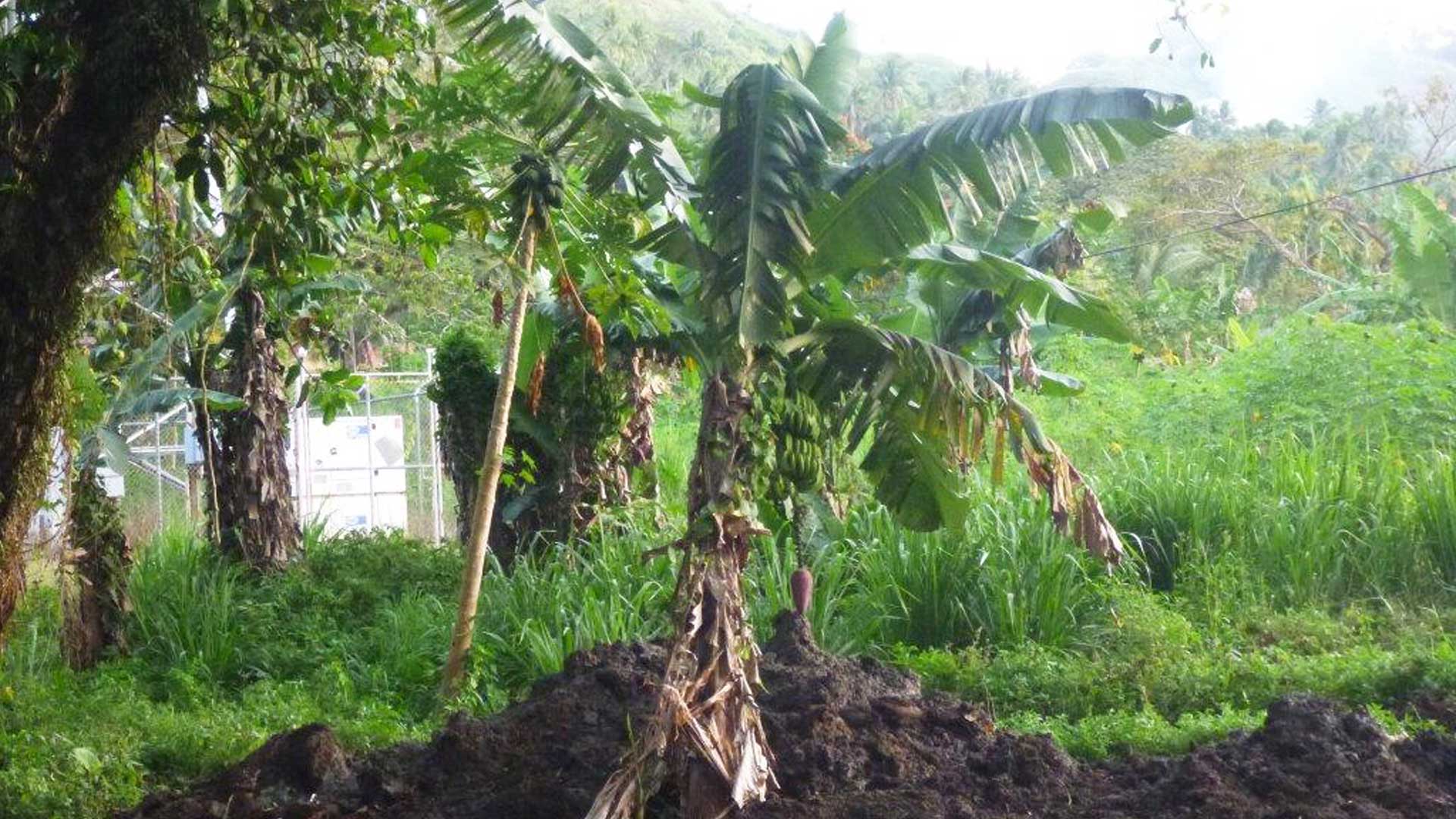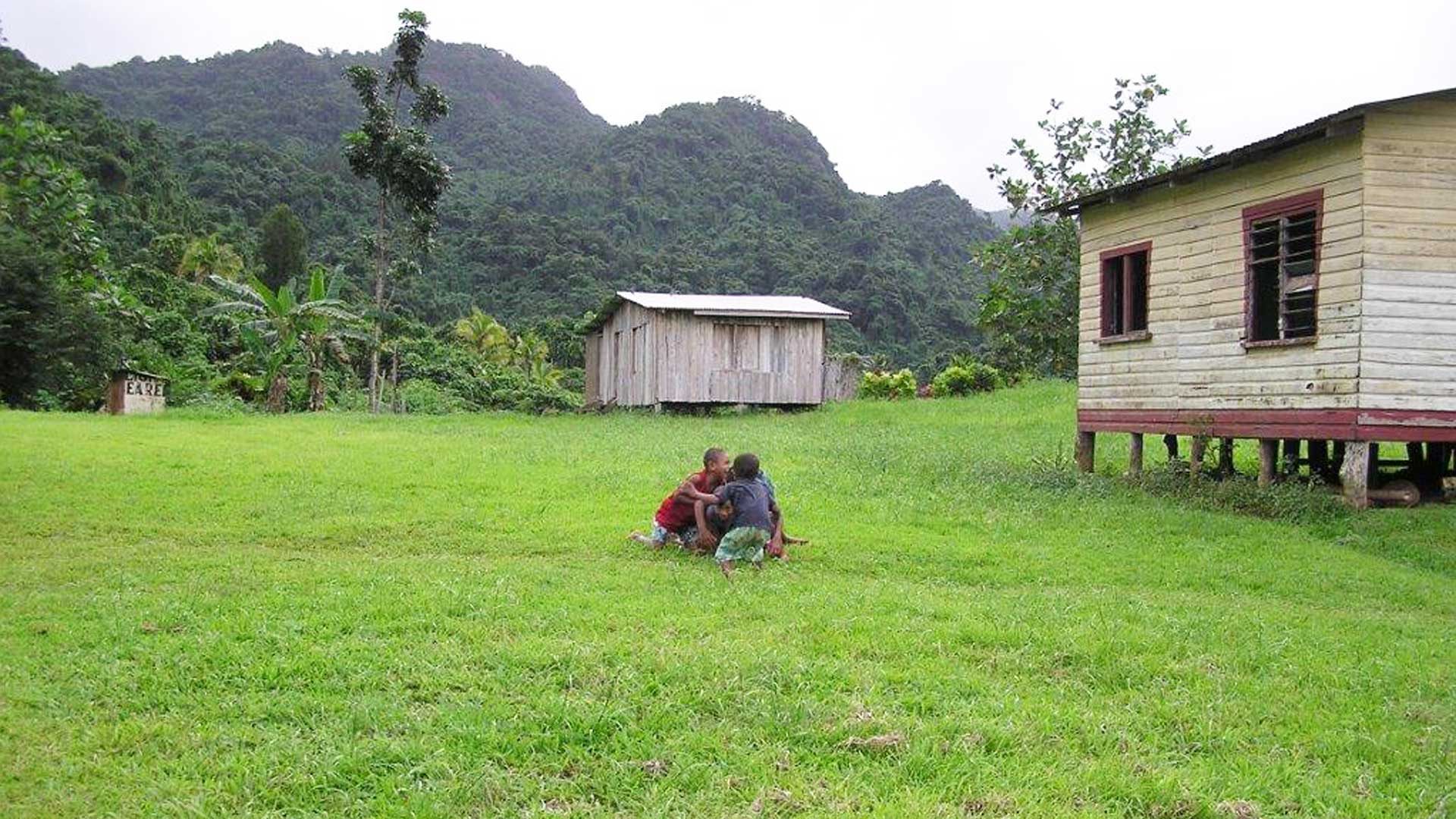This #WildWork Wednesday we are highlighting the work of Australian conservation scientist Sophie ‘Topa’ Petit, and her efforts to educate people about the plight of Fiji’s endangered bats – Fiji’s only native mammals. October is ‘Bat Appreciation Month’, and sadly five of the six bats species in Fiji are threatened mainly due to loss of habitat.
Sophie is a recipient of the Auckland Zoo Conservation Fund Small Grants Programme, and with her grant she has created children’s book ‘Vakaruru and the Bananas’ to educate Fiji’s youth about the bat’s importance in the eco-system, teaching them that everything is connected and that bats are responsible for pollinating trees and dispersing seeds. This book has been distributed to all 736 primary schools in Fiji, meaning every child should have a chance to read this book and understand the significance of each creature playing its vital role in the world.
As a wildlife ecologist in Australia, how did you come to learn about Fiji’s wildlife and decide to help?
It’s a strange story. My graduating Honours student at the time at the University of South Australia, Annette Scanlon, an excellent bat scientist, was keen on doing a Ph.D. with me. She had little experience overseas, and I think it’s very important for someone with a Ph.D. to be well travelled and understand other ways of living and thinking. It broadens one’s mind. So we chose a country in the Pacific with a good university (and herbarium!), and interest in ecology and conservation, and of course with very interesting bats. I wanted Annette to know more than bat ecology and to develop expertise with plants. Fiji’s four flying-fox species created wonderful opportunities to study the role of bats in rainforest health. I went to Fiji to help Annette get started, and later to help her in the field. I returned a couple of times to conduct a project there as well. Since then Dr. Annette Scanlon has become an internationally renowned bat/insect/plant scientist! It was never a question of whether we would help or not… our research was designed to help. We are both conservation scientists.


